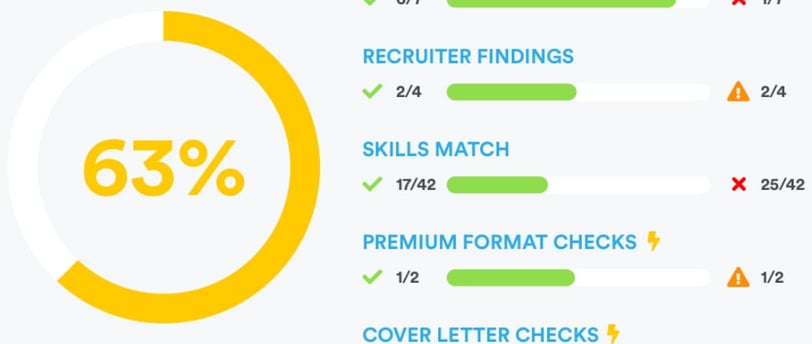Crafting an Effective Resume: The Power of Quantitative and Qualitative Metrics


The Importance of Understanding Quantitative and Qualitative Metrics in Crafting Your Resume
When it comes to crafting an effective resume, one of the key factors to consider is the use of metrics to showcase your achievements and skills. Metrics provide concrete evidence of your abilities and can help you stand out from other candidates. Understanding the difference between quantitative and qualitative metrics is crucial in presenting a well-rounded and impactful resume.
Quantitative Metrics: Demonstrating Tangible Results
Quantitative metrics involve measurable data such as numbers, percentages, or figures. These metrics provide concrete evidence of your achievements and demonstrate your ability to deliver results. They are often seen as more objective and impactful, as they showcase your ability to meet specific targets and contribute to the success of a project or organization.
For example, if you were responsible for increasing sales in your previous role, you could use quantitative metrics to highlight the percentage increase in revenue or the number of new clients acquired. These metrics not only demonstrate your ability to achieve measurable results but also provide potential employers with a clear understanding of your impact.
When using quantitative metrics in your resume, it is important to be specific and provide context. Instead of simply stating that you increased sales, provide details such as the percentage increase and the timeframe in which it was achieved. This level of detail adds credibility to your accomplishments and gives potential employers a clear picture of your capabilities.
Qualitative Metrics: Highlighting Soft Skills and Personal Qualities
While quantitative metrics are essential for showcasing your ability to achieve tangible results, qualitative metrics focus on the qualitative attributes that you possess. These attributes include teamwork, leadership, creativity, and other soft skills that are valuable in the workplace.
Qualitative metrics may not be as easily quantifiable as their quantitative counterparts, but they offer valuable insights into your personal qualities and soft skills. For example, if you were responsible for leading a team, you could highlight your ability to foster collaboration, motivate team members, and achieve consensus. These qualitative metrics demonstrate your leadership skills and ability to work effectively with others.
When incorporating qualitative metrics into your resume, it is important to provide specific examples and anecdotes that illustrate your skills and qualities. Instead of simply stating that you are a strong leader, provide a specific example of a project you successfully led and the impact it had on the organization. This level of detail helps potential employers understand how your skills can be applied in a real-world context.
Conclusion
Understanding the difference between quantitative and qualitative metrics is crucial when crafting your resume. By using both types of metrics effectively, you can showcase your ability to achieve tangible results while also highlighting your soft skills and personal qualities. Remember to be specific and provide context when using metrics in your resume, as this will help potential employers see the value you can bring to their organization.

